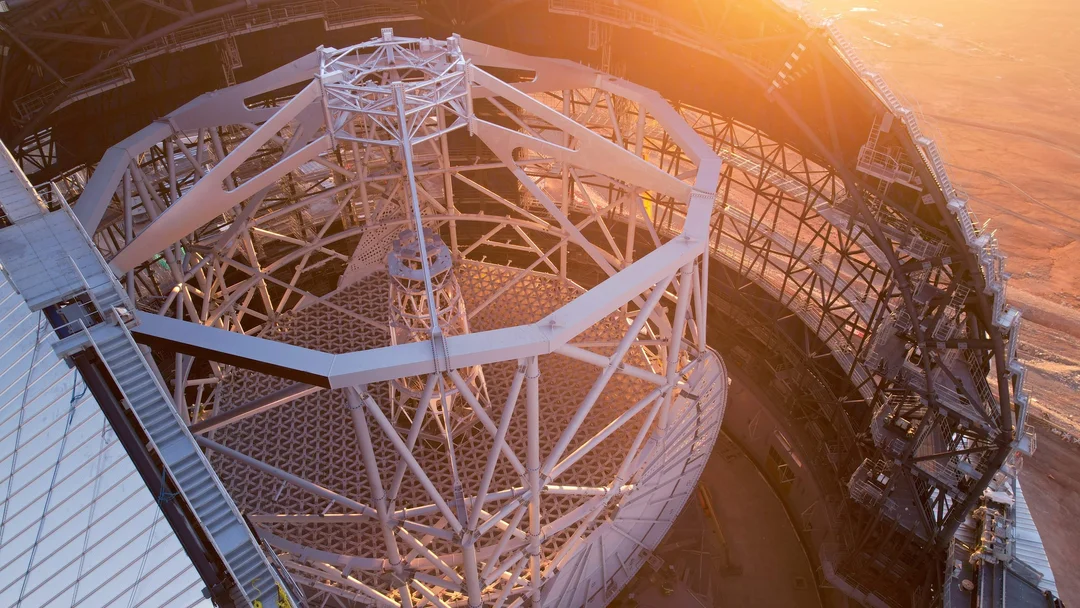
The Extremely Large Telescope: Humankind’s Biggest Eye on the Cosmos Nears Completion
Perched high in the desolate Atacama Desert of Chile, a scientific marvel is taking shape that promises to revolutionize our understanding of the universe. The Extremely Large Telescope (ELT), under construction by the European Southern Observatory (ESO), is nearing completion and is poised to become the world's largest optical and near-infrared observatory. This ambitious project represents not just a technological leap, but a symbol of humankind's enduring quest to unravel the mysteries of the cosmos.

Imagine a telescope with a primary mirror 39.2 meters (129 feet) wide, possessing more light-collecting power than all previous professional telescopes combined. The ELT will gather approximately 10 times more light than the largest optical telescopes currently in operation, and 250 times the light-gathering area of the Hubble Space Telescope, delivering images a staggering 15 times sharper.
"When completed, the ELT will be the world's largest optical and near-infrared observatory," ESO states, highlighting its capability to correct for atmospheric distortion.
Visiting the construction site is a surreal experience. Govert Schilling, contributing editor at Sky & Telescope, described approaching the site as seeing "a shiny steel marble, large enough to be visible from tens of kilometers away." The dome, reaching 80 meters high (approximately the height of Big Ben without its spire), houses a complex structure comprised of interconnected steel tubes. The sheer size of the telescope is difficult to comprehend, dwarfing trucks and forklifts into toy-like miniatures.
The ELT's primary mirror is an engineering masterpiece in itself, consisting of 798 hexagonal segments manufactured in Germany. According to Guillaume Blanchard, head of ESO’s optical group, 931 segments, including 133 spares, will eventually be stored at the ELT Technical Facility to ensure continuous operation during the recoating process. This meticulous maintenance plan ensures that the ELT can maintain optimal performance over its lifespan. "If we want to re-aluminize the whole mirror once every two years, we need to take out and recoat two segments per day," Blanchard explained.

However, this astronomical paradise faces a potential threat. Plans for a large-scale "green hydrogen plant" in close proximity to the observatory raise concerns about air turbulence, vibrations, dust contamination, and a significant increase in light pollution. ESO has voiced strong opposition, stating that the facility's impact would be "devastating and irreversible."
Despite these challenges, the construction of the ELT continues, and you can even witness it. ESO lets you watch the ELT being built as it happens. This represents a unique opportunity to witness the creation of a scientific giant. The ELT is more than just a telescope; it’s a bridge connecting our past, present, and future as we peer deeper into the universe.
As the ELT nears completion, we can only imagine the groundbreaking discoveries that await. Will this telescope unlock new insights into the formation of galaxies? Will it reveal the secrets of exoplanet atmospheres? The possibilities seem limitless.
What mysteries of the cosmos are you most excited for the ELT to uncover? Share your thoughts in the comments below!